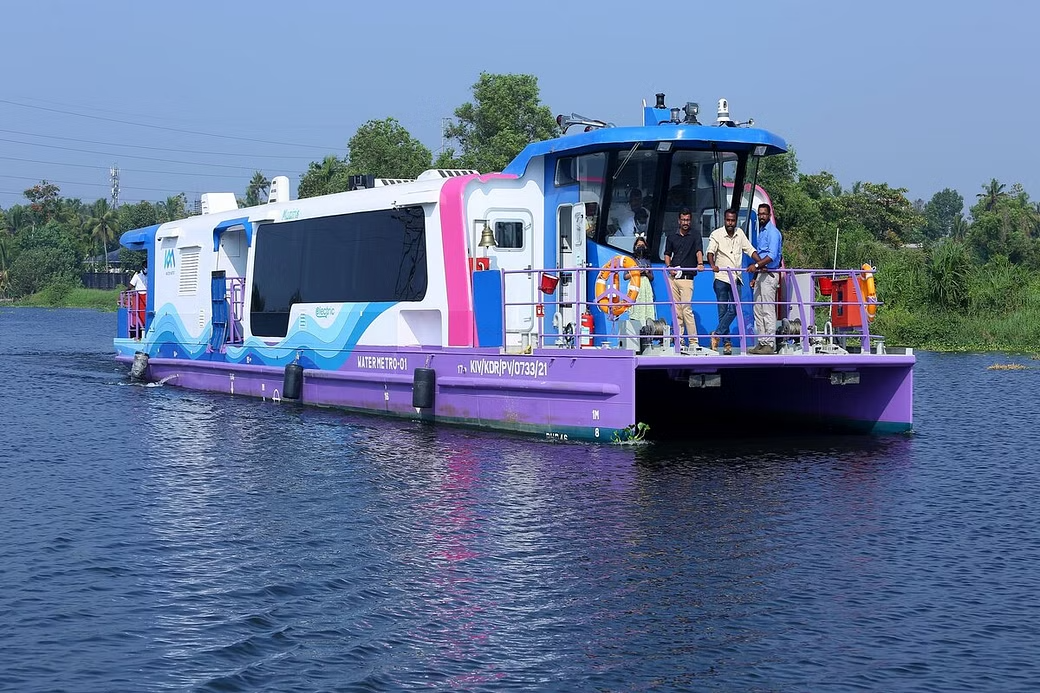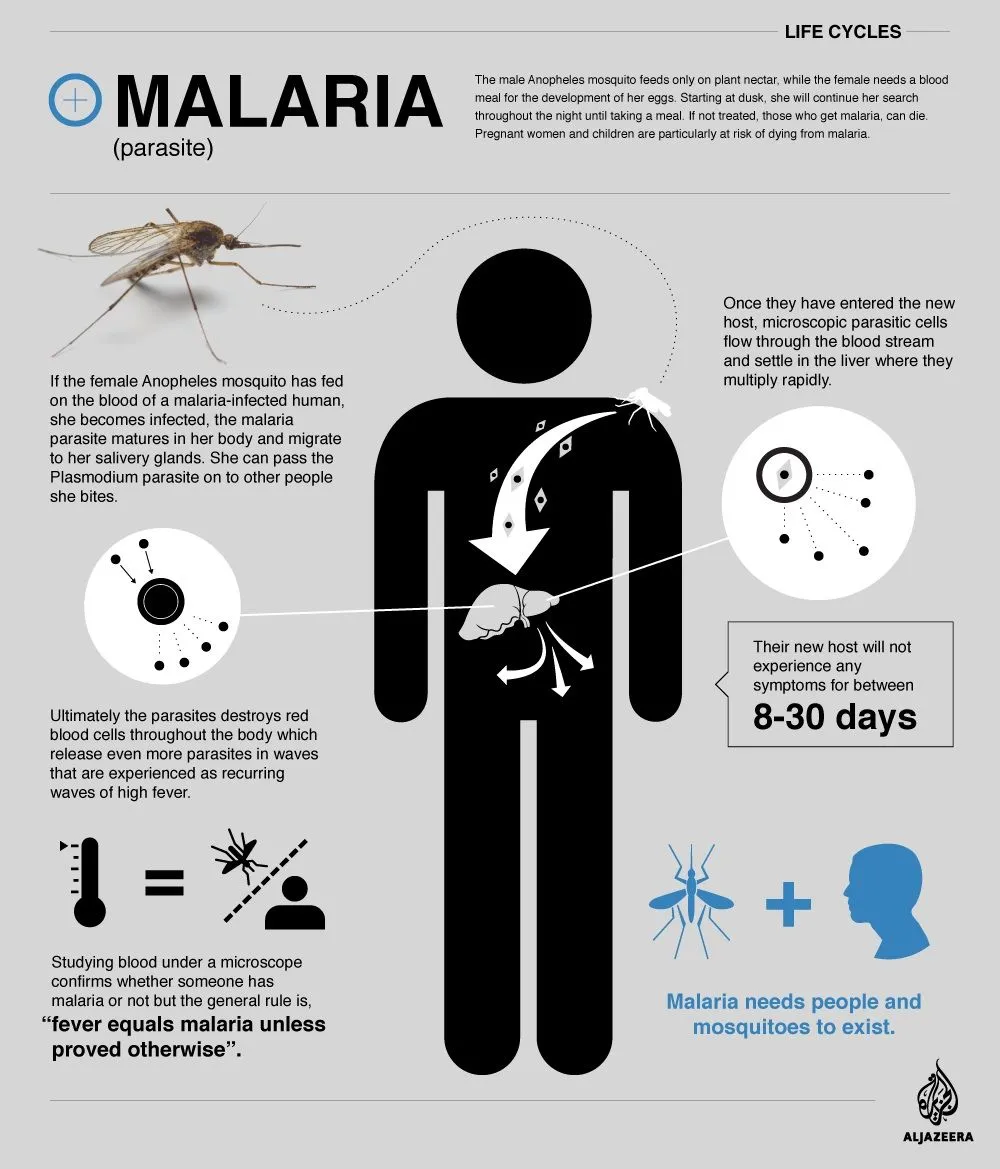Test 30 (ART & CULTURE)
25 April 2023

25-04-2023
12:00:AM
2906 Views
India’s first water body census: How was it done, what does the report say
GS-2 Governance: Government policies and interventions for development in various sectors and issues arising out of their design and implementation.
India's first water bodies census report titled “The Water Bodies: First Census Report” has been released by the Ministry of Jal Shakti. The census, which took place in 2018-19, created a comprehensive database of ponds, tanks, lakes, and reservoirs throughout the country. It identified over 2.4 million water bodies in all states and Union Territories.

Definition of water body
- According to the report, “all natural or man-made units bounded on all sides with some or no masonry work used for storing water for irrigation or other purposes (e.g. industrial, pisciculture, domestic/ drinking, recreation, religious, ground water recharge etc.)” are considered as water bodies.
- The water bodies “are usually of various types known by different names like tank, reservoirs, ponds etc.”
- A structure where water from ice-melt, streams, springs, rain or drainage of water from residential or other areas is accumulated or water is stored by diversion from a stream, nala or river will also be treated as water body.
- The report reveals that South 24 Parganas in West Bengal has the highest number of water bodies (3.55 lakh) in India, followed by Ananthapur in Andhra Pradesh (50,537) and Howrah in West Bengal (37,301).
- Exclusion:
- The report excludes seven specific types of water bodies from the count, namely
- Oceans and lagoons
- Rivers, streams, springs, waterfalls, canals, etc. which are free flowing, without any bounded storage of water
- Swimming pools
- Covered water tanks created for a specific purpose by a family or household for their own consumption
- A water tank constructed by a factory owner for consumption of water as raw material or consumable
- Temporary water bodies created by digging for mining, brick kilns, and construction activities, which may get filled during the rainy season
- Pucca open water tanks created only for cattle to drink water.
- The report excludes seven specific types of water bodies from the count, namely

Need for a water bodies census
- Identifying the total number of water bodies: A census of water bodies helps in identifying the total number of water bodies in a particular region. This information is crucial for planning and management of water resources.
- Assessing the condition of water bodies: The census helps in assessing the condition of water bodies, including their size, status of encroachments, use, storage capacity, and status of filling up of storage. This information is crucial for developing appropriate strategies for the restoration and maintenance of water bodies.
- Planning and implementing water conservation measures: A census of water bodies provides information on the location and distribution of water bodies, which is crucial for planning and implementing water conservation measures. This helps in improving the availability of water resources and reducing the impact of water scarcity.
- Ensuring equitable distribution of water resources: The census helps in identifying the areas that are most affected by water scarcity. This information can be used to ensure an equitable distribution of water resources and to plan for water supply and management in these areas.
- Providing a database for future planning: The census provides a database of water bodies that can be used for future planning and management of water resources. This helps in identifying the areas that require immediate attention and developing appropriate strategies for water conservation and management.
How were the census data collected?
- According to the report, “traditional methodology, i.e., paper-based schedules, were canvassed both for rural and urban areas.
- A “village schedule”, “urban schedule” and “water body schedule” were canvassed, and a smart phone was used to “capture latitude, longitude and photo of water bodies”.
Key- Highlights of the report
- 1.6% of enumerated water bodies (38,496 out of 24,24,540) were found to be encroached upon.
- More than 95% of the encroached water bodies were in rural areas, which is logical because more than 97% of the water bodies covered by the census were in rural areas.
- In almost 63% of encroached water bodies, less than a quarter of the area was under encroachment, while in about 12% of water bodies, more than three-quarters of the area was under encroachment.
- Uttar Pradesh accounted for almost 40% (15,301) of water bodies under encroachment, followed by Tamil Nadu (8,366) and Andhra Pradesh (3,920).
- No encroachment was reported from West Bengal, Sikkim, Arunachal Pradesh, and Chandigarh.
Fact Files |
PM Modi inaugurates Kochi Water Metro: What is this public boat service?
|
Malaria Vaccine
|













Comments
Login To Comment
Recent Comments